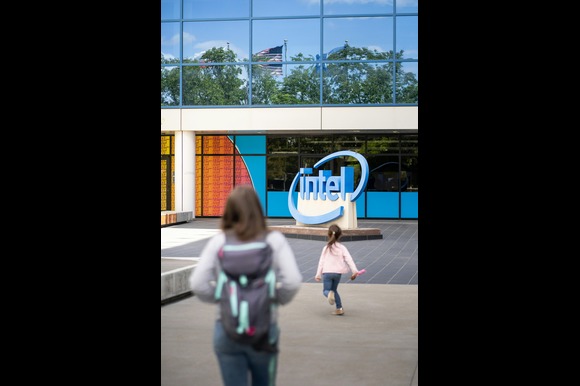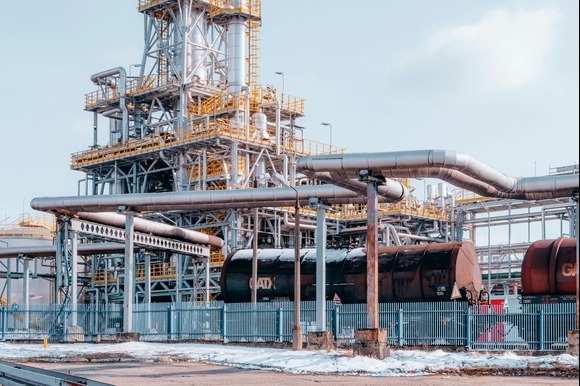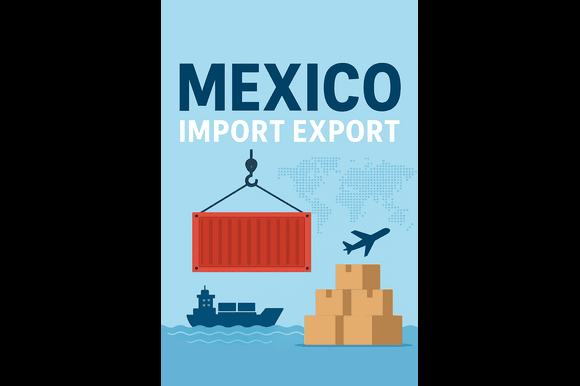
Photo by Clément Proust
Intel Corporation is set to reveal plans this week to reduce its workforce by over 20 percent, with the objective of minimizing bureaucracy at the beleaguered chip manufacturer, as per an informed source. This initiative is part of a strategy to streamline management and restore an engineering-focused culture, according to the source, who requested anonymity due to the confidential nature of the plans. This would mark the first significant restructuring under the leadership of new Chief Executive Officer Lip-Bu Tan, who assumed his position last month.
The layoffs follow a previous effort last year to cut approximately 15,000 jobs, a reduction announced in August. As of the end of 2024, Intel employed 108,900 individuals, a decrease from 124,800 the year prior. An Intel spokesperson declined to provide comments. Tan is determined to revitalize the renowned chipmaker after years of Intel losing market share to competitors.
The company, based in Santa Clara, California, has fallen behind technologically and has faced challenges in keeping pace with Nvidia Corporation in the realm of artificial intelligence computing. This has led to three consecutive years of declining sales and increasing financial losses. Tan, who has a background with Cadence Design Systems Inc., has committed to divesting Intel assets that do not align with its core mission and to developing more innovative products.
Recently, the company agreed to sell a 51 percent stake in its programmable chips division, Altera, to Silver Lake Management, which is a step towards achieving that objective. Tan emphasized the need for Intel to replenish its lost engineering talent, enhance its financial standing, and better align its manufacturing processes with the demands of prospective clients, as he stated last month at the Intel Vision conference.
The company is expected to announce its first-quarter results on Thursday, providing Tan with a platform to elaborate on his strategic vision. While Wall Street estimates suggest that the most severe revenue declines for Intel are now behind it, analysts do not anticipate a return to previous sales figures for several years, if at all.
The 65-year-old executive was appointed following the dismissal of CEO Pat Gelsinger last year, who faced challenges in implementing his turnaround strategy for Intel. Gelsinger initiated an expensive plan to broaden the company’s manufacturing capabilities and aimed to transform Intel into a custom chip producer.
However, Intel has since postponed many of its expansion initiatives, including the development of a facility in Ohio that was anticipated to become the largest chip production center globally. Additionally, Intel was expected to be the primary recipient of funding from the 2022 Chips and Science Act, but that initiative is currently uncertain under President Donald Trump. A potential manufacturing collaboration with Taiwan Semiconductor Manufacturing Co., which has been a topic of investor speculation recently, also appears increasingly unlikely.
TSMC CEO C. C. Wei indicated last week that the company would concentrate on its own operations. Meanwhile, Intel has missed the opportunity to capitalize on the most profitable new sector in the chip industry in decades. Historically a leader in the market for personal computer and data center processors, the company was slow to adapt to the rise of AI. This delay allowed Nvidia to transition from a niche player to the most valuable semiconductor firm in the world, with revenues now surpassing those of Intel.
Gelsinger acknowledged that the company had lost its competitive edge and expressed disappointment with the pace of its response to market changes. He did not receive the time he believed was necessary to address these issues. In his first public address as CEO last month, Tan remarked that the turnaround would require time and would not be straightforward. ‘It won’t happen overnight,’ he stated. ‘But I am confident we can achieve it.’




